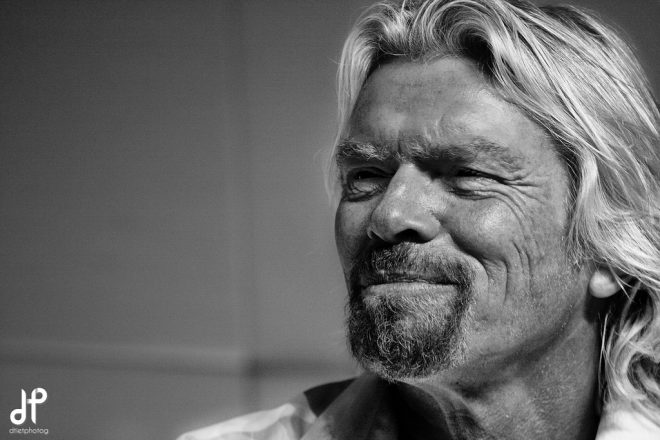
09th January 2025
Why Gratitude Is a Powerful Leadership Strategy to Transform Workplace Culture

Gratitude in leadership significantly impacts workplace culture, boosting morale, strengthening relationships, and improving performance. Simple acts of appreciation, like gratitude boards or PTO initiatives, create positivity and enhance well-being. Gratitude is linked to increased teamwork, reduced mistreatment, and even health benefits, making it a powerful tool for organizational success.
This article was written by Aytekin Tank and published in Fast Company.
I didn’t set out to start a gratitude ritual with my colleagues at Jotform. A few years ago, as the holiday season approached, I was overwhelmed by the number of tasks left to complete. The stress was so distracting that it made it hard to focus. To break the cycle of rumination, I grabbed a pen and wrote a quick note to one of our directors. She had been balancing family commitments and work projects yet still managed to bring her enthusiasm to a recent team effort. I wanted her to know how much I appreciated her energy—it had buoyed the entire team.
When she read the note, she seemed genuinely pleased and even offered to help her colleagues with their final preholiday tasks. But something unexpected happened: writing that note of appreciation made me feel grateful for our team as a whole. My mood improved, my stress levels dropped, and I felt more motivated to emulate my director’s helpfulness. From that moment on, our virtual gratitude board became a preholiday tradition. Colleagues voluntarily share things they appreciate about one another, keeping our momentum strong and the atmosphere positive, even during the year’s most hectic time.
Research increasingly highlights the benefits of gratitude in the workplace, showing how it can strengthen relationships, boost morale, and improve overall team performance. So, how can leaders bring more gratitude into their organizations?
The many perks of feeling grateful
Altruism has a two-way effect, both on the recipient of altruistic behavior and on the giver—acts of kindness cause the release of oxytocin, known as the “love hormone,” which plays a role in forming social bonds and trust. Gratitude has a similar multiplier effect—on the giver, recipient, and even those who witness gratefulness.
Receiving gratitude doesn’t just make you feel good—it increases your willingness to help others in the future. That’s what researchers found in a study involving students. Participants edited students’ cover letters and received either a neutral message or a note of gratitude afterward. Those who were thanked were twice as likely to help the next time they were asked.
Expressing gratitude has been shown to strengthen relationships and causes a mere observer to feel more warmth and affinity (towards the giver and receiver). The saying “a rising tide lifts all boats” is fitting here. Acts of gratitude improve workplace culture, reducing mistreatment between colleagues.
If you’re not convinced to show some thanks, consider that gratitude has proven health benefits, like lower blood pressure and higher levels of heart rate variability, a sign of physical well-being. A recent study even found that people who experience more gratitude have a lower risk of dying—reason enough to cultivate a gratitude practice.
How to express gratitude in the workplace
Saying thanks is a small act that has an outsized impact. It’s as simple as popping by a colleague’s desk or sending a DM. That said, leaders can take proactive steps to cultivate a culture of gratitude.
To continue reading this article in full click here: Why gratitude is your best leadership strategy.






